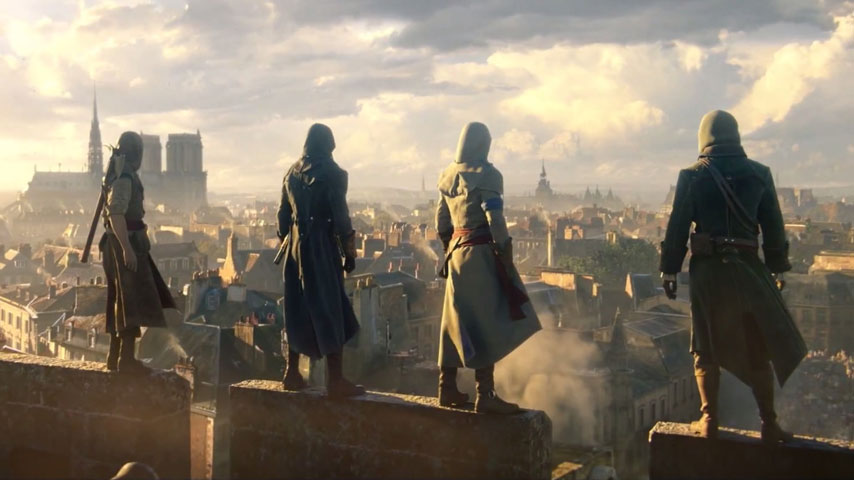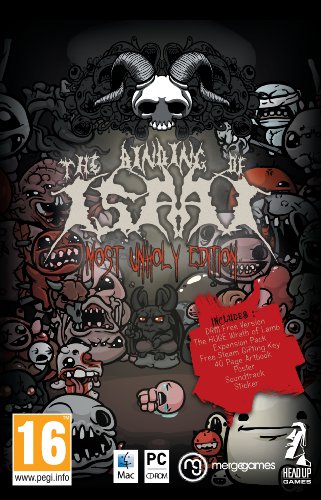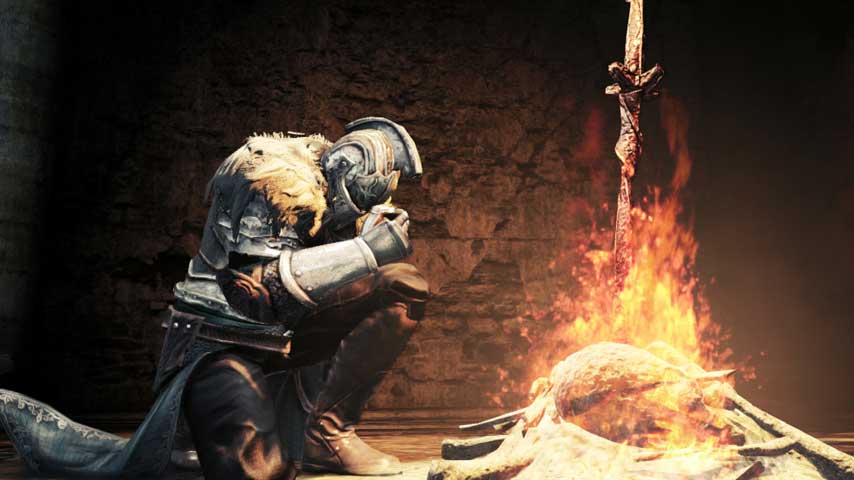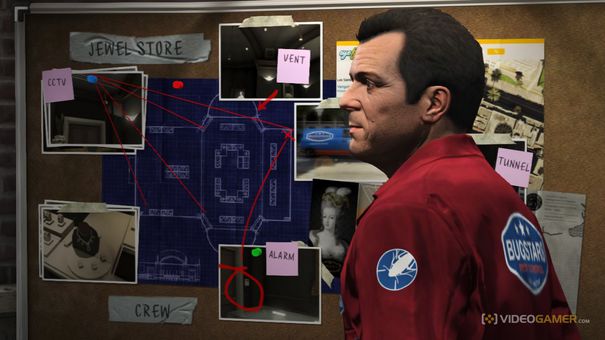

Valiant Hearts: The Great War is the latest title to make use of the excellent UbiArt game engine, the backbone behind recent titles such as Child of Light and Rayman Origins. The game tells the story of four distinctly different characters during World War I, focusing on the journey to find a lost German soldier and reunite him with his lost love.
Karl, a German-born resident of France, is deported back to Germany and conscripted into the army at the start of the war, taking him away from his French wife Marie and their son. Marie’s father Emile is also drafted into the French army and sent to the front lines. Not long into the conflict Emile becomes a prisoner of war and is briefly reunited with his son-in-law, before he is forced to leave with the German officer, Baron Von Dorf. What follows is Emile’s quest to rescue his son-in-law and bring him home. Along the way he finds a variety of new friends to aid him: Freddie, an African-American man who joined the French army, a Belgian student named Anna using her veterinary skills to work as a field nurse, and a rescued German War Dog they name Walt who assists them. Each has their own reasons for pursuing the Baron, but they choose to work together to help save Karl.
The game is presented as a 2.5D puzzle-platformer, with players moving left-to-right through different layers of the beautifully-rendered world. Everything is presented in a desaturated cartoon style, with bright colours rarely used – generally to depict blood, explosions and other harmful elements of the Great War. Players travel back and forth, avoiding or disabling enemies and solving puzzles to progress using found objects or simple physics. You’ll find yourself moving back and forth between the four main protagonists as you progress, each with their own special skills. Freddie can cut barbed wire, Anna can heal the sick, and Emile can tunnel through soft earth.
Your lead characters are often accompanied by the ever-helpful Walt, who is able to use his canine charms to move past enemy soldiers with ease, collect objects, and activate inaccessible levers. He’s a remarkably useful dog, and is made out to be a strong emotional connection between the player and the characters – at any time you can stop to pat him, and your characters will do so when they retrieve an item from him as well. It’s a nice little touch, but only serves to be more jarring against a backdrop of mortar shells and chlorine gas.
For the most part, the game does follow the true events of the Great War, usually told through voice-over narration at the start and finish of each chapter. The game also regularly reveals new historical facts as you progress, using real photographs from the War. Whilst some may find this tedious or boring, I actually enjoyed reading them for a bit more information – I actually learned a few things I didn’t know about, such as France’s ‘Godmother’ initiative, that saw civilians sending care packages to soldiers without families of their own. You’ll also find objects hidden throughout the game that unlock further information, such as the history of different bits of equipment used in the War, or facts about the soldiers’ daily lives on the front line.
All in all, the game is a solid experience. There’s a feeling of achievement as you progress, proper emotional stakes, and a relatively unfiltered view of what exactly World War I was. The game doesn’t attempt to glorify the events of the War, and whilst not going too gory it does show the consequences of combat. Dead bodies are common in the game’s landscape, and the introduction of the chlorine gas in particular is quite affecting. In contrast to this, the victories achieved in the micro view of Emile and co. seem all the more important against the macro view of the conflict overall. The inclusion of a history lesson in the form of collectibles and unlocks is a smart move, encouraging gamers to learn that war is far more than just the backdrop for another Call of Duty title – it has a real impact on both the world around it and the people within it.
Update: An iOS version of the game is now available, as of 4 September. It plays identical to the other versions of the game, essentially. While the title is a bit harder to control using your touchscreen, there are on-screen prompts that make it easier to find in-game collectibles and all the actual history that comes with them. Also, it’s a great way to take this excellent little puzzle game on the go. If you haven’t played the game yet, and would prefer it on your iPhone or iPad, it’s a perfect choice.




 Dark Souls 2: Crown of the Sunken King walkthrough & boss guide
Dark Souls 2: Crown of the Sunken King walkthrough & boss guide Fire Emblem: Awakening Guide – Paralogue 5: Scion of Legend Guide - GamersHeroes
Fire Emblem: Awakening Guide – Paralogue 5: Scion of Legend Guide - GamersHeroes FIFA 16: 10 reasons why this years a big improvement
FIFA 16: 10 reasons why this years a big improvement Assassin’s Creed: Unity guide – Sequence 11 Memory 1: Bottom of the Barrel – Kill the Gang Leader
Assassin’s Creed: Unity guide – Sequence 11 Memory 1: Bottom of the Barrel – Kill the Gang Leader GTA 5: The Other Things That Will Make It Great
GTA 5: The Other Things That Will Make It Great